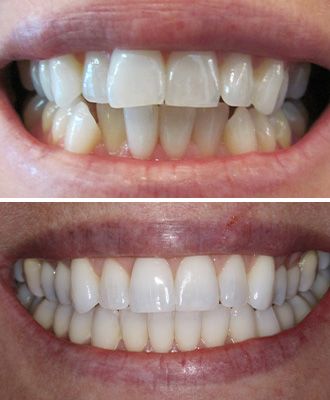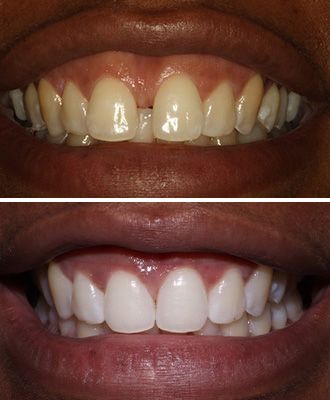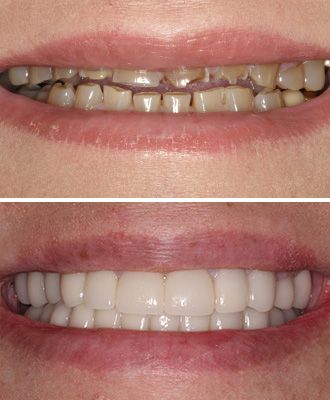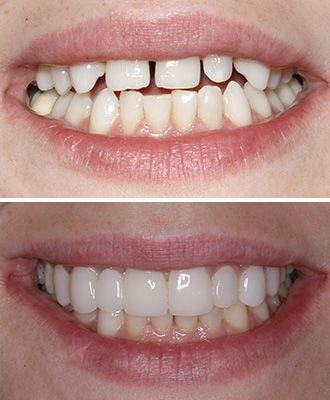Many patients assume that if they can still chew, there’s no rush to replace a missing tooth. But the truth is—doing nothing can have lasting effects on your health, appearance, and quality of life.
🔹 Bite Collapse & Tooth Movement
When a tooth is lost, the surrounding teeth shift and lean into the empty space. This misalignment can strain your bite, damage remaining teeth, and trigger a chain reaction of further tooth loss.
🔹 Facial Aging & Loss of Support
Missing teeth reduce the natural height between your nose and chin—called vertical dimension. As this space collapses, the face begins to sag, lips lose support, and deep folds develop. No cosmetic procedure can restore this support—only proper dental care can.
🔹 Poor Nutrition from Incomplete Chewing
Dentures only restore about 30% of your natural chewing ability. Many people with missing teeth or dentures avoid harder, healthier foods—leading to poor nutrition, unintended weight loss, and digestive issues.
🔹 Bone Loss & Loose Dentures
Tooth roots stimulate the jawbone. Without them, the bone begins to shrink (resorb), making dentures less stable over time. This often leads to increased use of adhesives and difficulty chewing.
💡 Early intervention is key.
What starts as a single missing tooth can lead to costly, complex problems later. Implants, crowns, and bridges are modern solutions that protect your health and your smile—now and in the future.

Do you know someone interested in improving their smile?
They can get answers to their questions directly from Dr. Camacho or Dr. Pennington by clicking the links below. Take the first step toward a healthier, more confident smile!

💳 Worried about cost? We offer flexible monthly payments through Cherry Financing.
Applying is fast, easy, and won’t affect your credit score.
Click here to apply with Cherry
Sincerely,
Cosmetic Dentistry of San Antonio




























































































